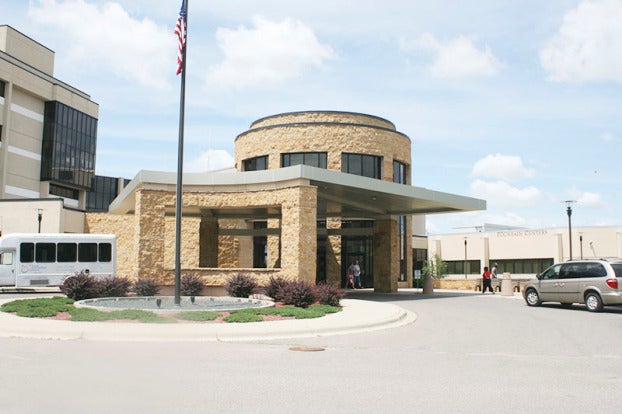Mayo Clinic Health System earns A grade for patient safety
Published 7:18 am Thursday, November 17, 2022
|
Getting your Trinity Audio player ready...
|
Mayo Clinic hospitals including Mayo Clinic Health System in Albert Lea and Austin scored high marks for safety, earning an “A” grade from The Leapfrog Group, an independent national nonprofit organization that provides safety ratings.
The ratings are intended to help patients choose their preferred health care destinations.
“It is because of our staff’s incredible dedication that Mayo Clinic Health System can offer the safe, high-quality, and affordable community care, close to home, that our patients, loved ones and employees deserve,” said Robert Albright Jr., D.O., regional vice president, Mayo Clinic Health System — southeast Minnesota region.
Mayo Clinic hospitals that received an “A” grade are:
Arizona
- Mayo Clinic Hospital in Arizona
Florida
- Mayo Clinic Hospital in Florida
Rochester
- Mayo Clinic Hospital — Rochester
Other Mayo Clinic Health System locations include:
- Mayo Clinic Health System in Fairmont
- Mayo Clinic Health System in Mankato
- Mayo Clinic Health System in Red Wing
- Mayo Clinic Health System in Eau Claire, Wisconsin
- Mayo Clinic Health System in La Crosse, Wisconsin
“Safety will always be a key consideration for patients, and of course, it is our top priority as a health care provider,” said Prathibha Varkey, president of Mayo Clinic Health System. “The hard work and dedication of our staff is why we can continue to meet the expectations of our communities for safe, high-quality, affordable health care close to home.”
The Leapfrog Group’s Hospital Safety Score is updated and published twice each year. The score is based on 15 measures of publicly available hospital safety data and 12 self-reported survey answers, which are combined to produce a single safety score. A panel of patient safety experts developed the measures for the score.
The Leapfrog Group’s survey assesses the status of many hospital practice areas, including:
- Electronic medication ordering.
- Staffing of ICUs by professionals certified in critical care medicine.
- Structures and systems in place to provide a culture that supports safety.
- Practices to monitor and maintain safe nursing workforce levels.
- Monitoring proper hand hygiene techniques of staff who interact with patients.
- Monitoring the use of barcode scanning of patients and medications when administering medications in the hospital.
“We have a shared responsibility to help protect patients and one another from harm. Our unified culture of safety reflects what it means to place the needs of our patients first,” Albright said.






